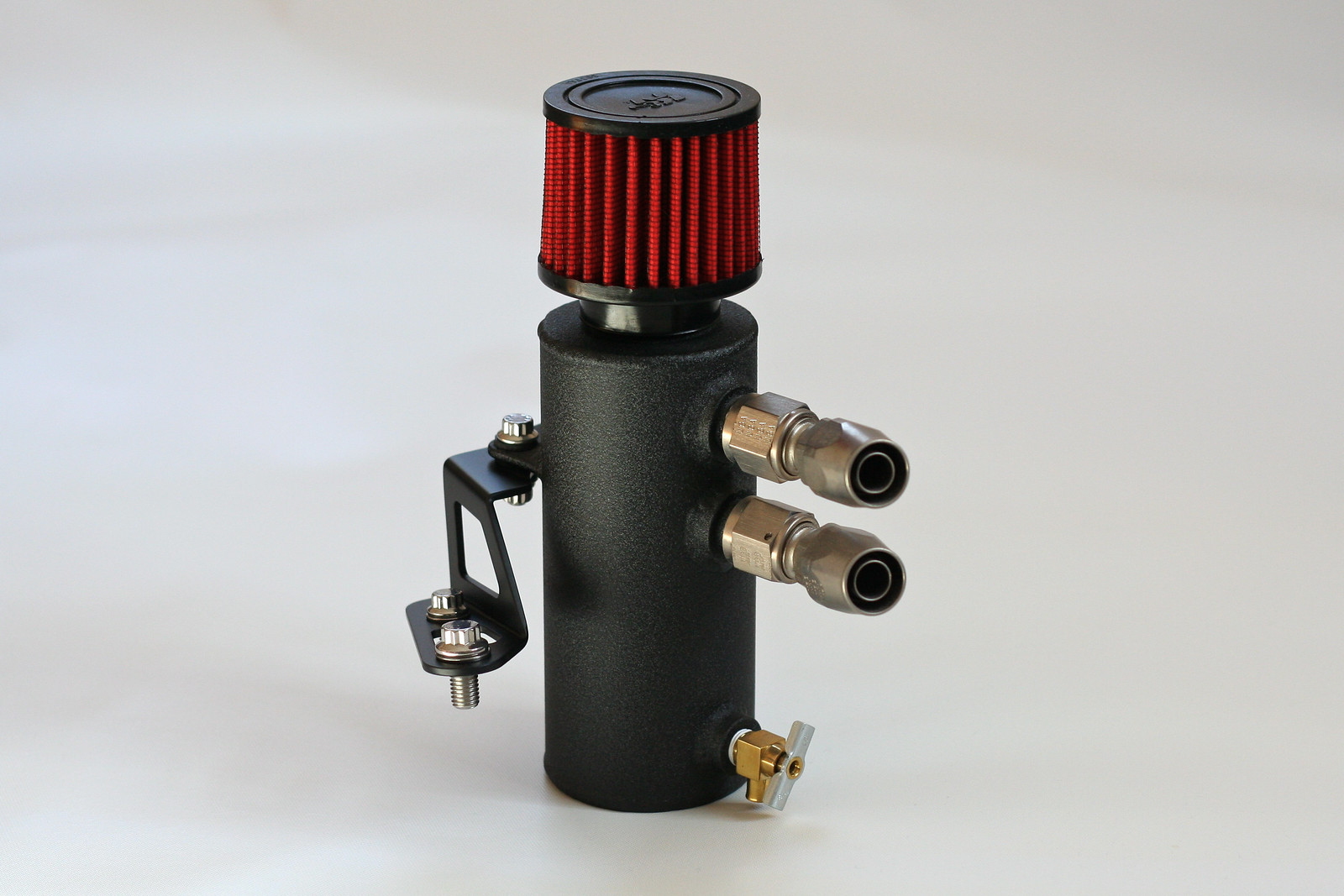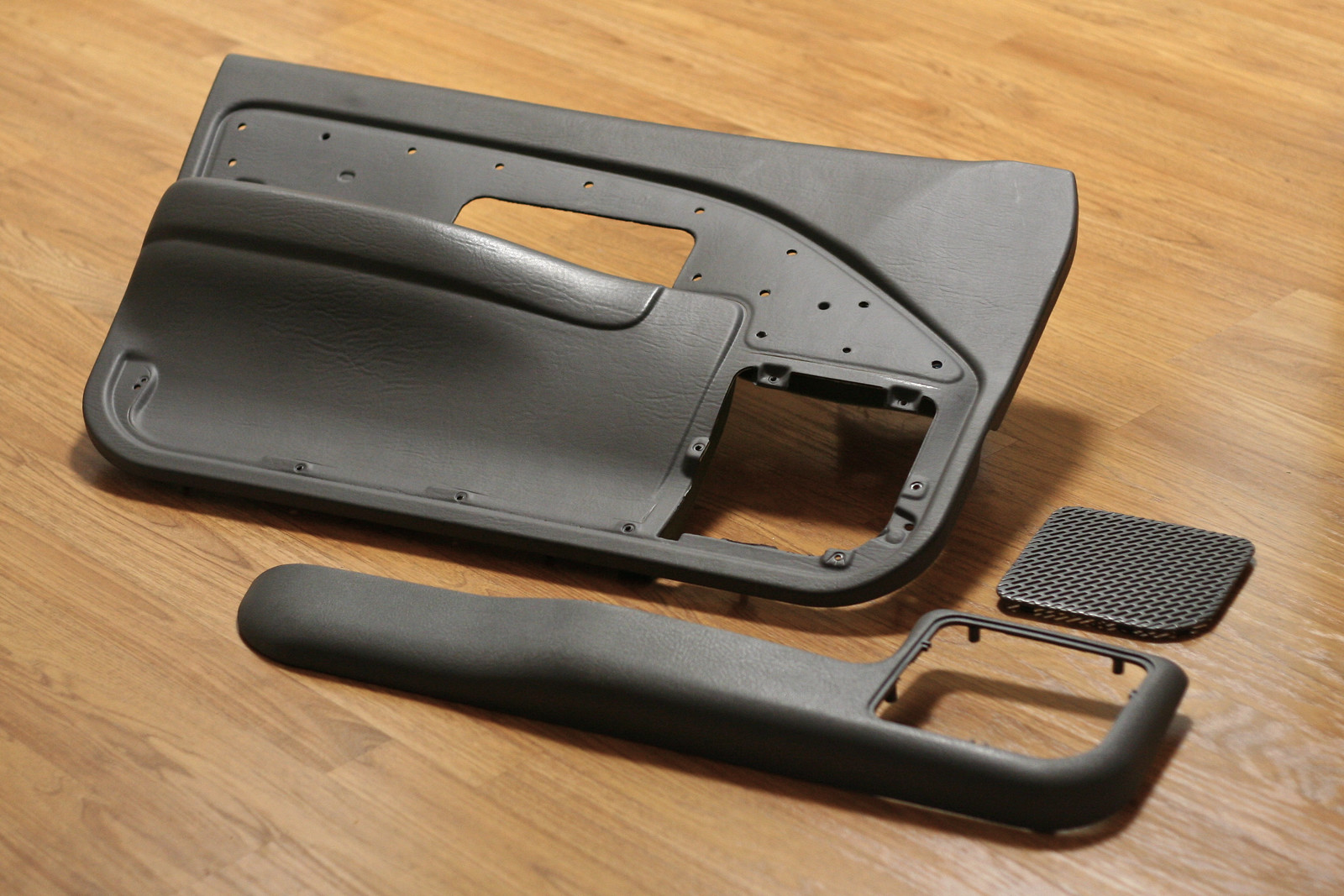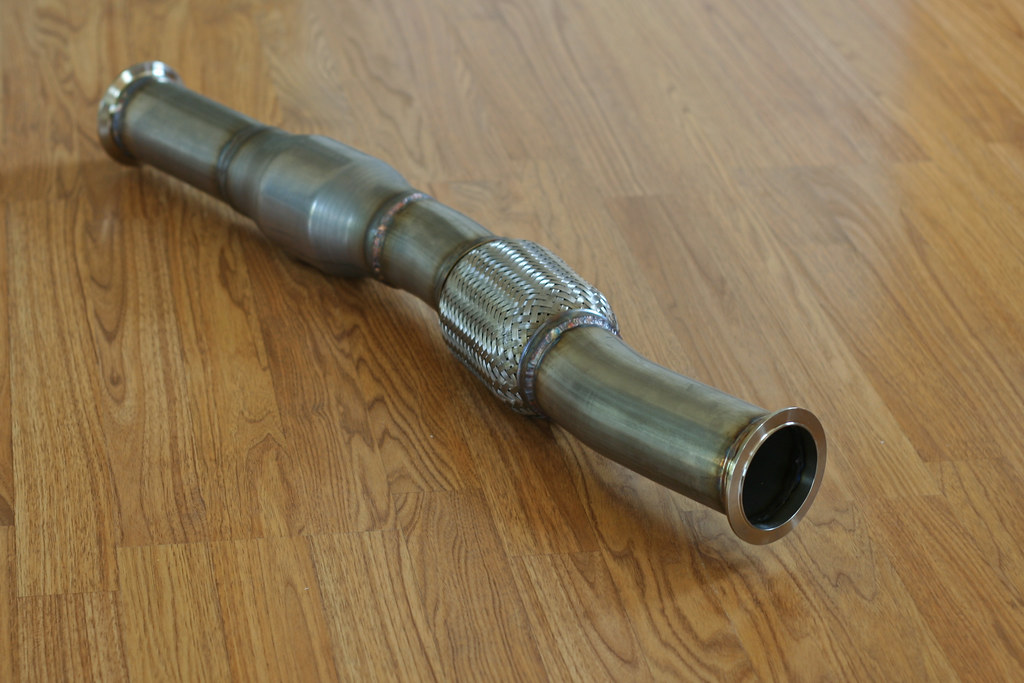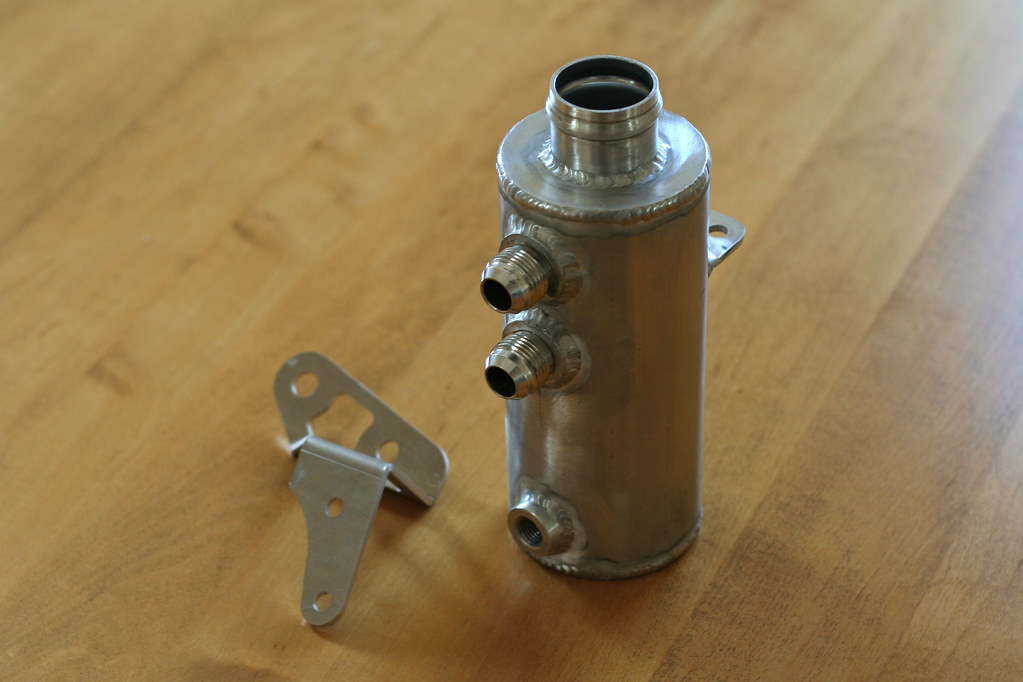While reviewing my battery relocation diagram and checking it against various references two potential issues came to my attention. The first was that I was going to need a different remote starter solenoid relay.
Shown above right is the outgoing Allstar Performance solenoid (part #ALL76203) with its replacement, a Borg Warner "Select" solenoid (part #S5048), on the left. Both are examples of a remote starter solenoid relay, commonly referred to as "Ford-style" due to the automakers use of fender mounted units. For many years the small-block/big-block Chevy crowd have implemented these as a solution for "hot start" issues, a condition where the starter is slow to crank due to heat-soak-induced electrical resistance. Of course on a Saturn S-Series LLO this is a non-issue (more on the remote solenoid "hot start" remedy can be found at the Crankshaft Coalition Wiki). When laying out my battery relocation I chose to include a remote solenoid as safety measure. By function a remote starter solenoid relay is only energized when the starter switch is engaged, bridging the connection between the battery and starter. What this ultimately means is that the cable run from the solenoid to the starter will only be live while cranking.







